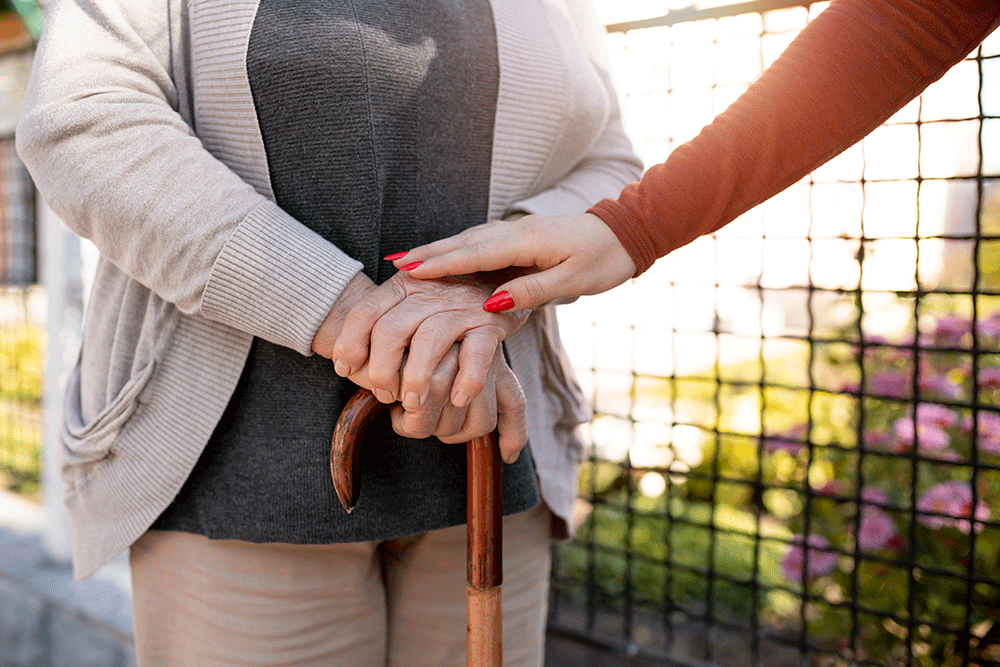As individuals age, maintaining mobility becomes increasingly important for overall health and well-being. Unfortunately, many seniors face challenges that limit their movement, leading to prolonged periods of immobility. The risks associated with immobility in the elderly are numerous and impactful. Physical therapy clinics play a pivotal role in understanding and mitigating these risks to enhance the quality of life for their elderly patients.
The Impact of Immobility on Elderly Health
Muscle Weakness and Loss:
Prolonged periods of inactivity contribute to muscle weakening and loss, which can further exacerbate mobility issues in the elderly. Reduced muscle strength increases the risk of falls and fractures, hampering independence and daily functioning.
Joint Stiffness and Reduced Flexibility:
Immobility can cause joints to become stiff, leading to decreased flexibility and range of motion. This not only limits mobility but also increases the risk of injury and exacerbates joint-related conditions such as arthritis.
Cardiovascular Decline:
Lack of physical activity can lead to cardiovascular deconditioning, including decreased heart strength and reduced blood circulation. This increases the risk of heart-related problems and complications.
Respiratory Issues:
Immobility can impact respiratory health, potentially leading to shallow breathing, decreased lung capacity, and an increased susceptibility to respiratory infections.
Role of Physical Therapy Clinics in Mitigating Immobility Risks
Physical therapy plays a crucial role in combating the effects of immobility among the elderly. Here’s how clinics address these risks:
Customized Exercise Programs:
Physical therapists design personalized exercise programs tailored to improve mobility, strengthen muscles, and enhance flexibility. These programs are adapted to an individual’s capabilities and health status, gradually improving mobility without causing undue strain.
Fall Prevention Strategies:
Clinics focus on fall prevention by incorporating balance exercises and interventions that help seniors maintain stability and reduce the risk of falls, thereby preventing fractures and injuries.
Pain Management and Functional Improvement:
Therapists employ techniques to manage pain associated with immobility, facilitating functional improvement and restoring independence in daily activities.
Education and Lifestyle Modifications:
Physical therapy clinics provide education on proper body mechanics, ergonomic adjustments, and lifestyle modifications to encourage a more active and mobile lifestyle, even outside the clinic.
Conclusion
Understanding the risks of immobility in the elderly is pivotal for physical therapy clinics. By addressing these risks through tailored interventions, exercises, and education, clinics can significantly improve the quality of life for their elderly patients. Encouraging mobility not only enhances physical health but also fosters independence, confidence, and an overall sense of well-being among seniors. Physical therapy remains a cornerstone in promoting healthy aging and combating the adverse effects of immobility in the elderly population.




